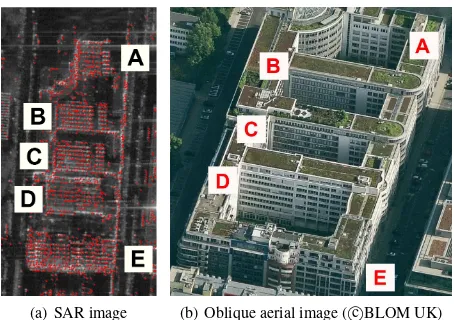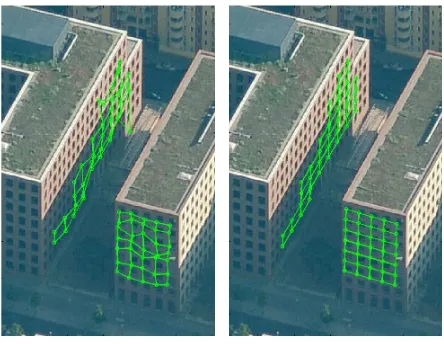isprsarchives XL 1 W1 305 2013
Teks penuh
Gambar




Dokumen terkait
As an alternative to SIFT we can use the SURF operator (Bay et al., 2008) and the normalized cross correlation (NCC) method. In the next step outliers are filtered through a
As the deviations to the ideal circular trajectory cannot be cor- rected, we furthermore calculated the effects of operating with a possible beam stabilization platform on the
Performed this considerations, the aim of the study was to present procedures of using remote sensing UAV to aid in a rapid evaluation and monitoring of
We used iWitness, which utilizes the principle of relative orie- ntation. The relative solution obtained was brought to the right scale, orientation, and position using a 3D
Network_1, which is approximately 230 km distance from the base station to the flight area and the farthest network, solution accuracy is worse especially in Z-direction than
On the other hand, thanks to the PolSAR bilateral filter, it is possible to extract physics related information such as randomness and type of scattering mecha- nism as well as
The goal of this paper is to test two SAR orientation models, the rigorous Toutin’s model and the SISAR radargrammetric model, and two matching algorithms, implemented in PCI
The regularity of those balcony corners leads to the regular signature pattern in the simulated SAR image (see Fig. In case of the lower incidence angle, the uppermost building floor
